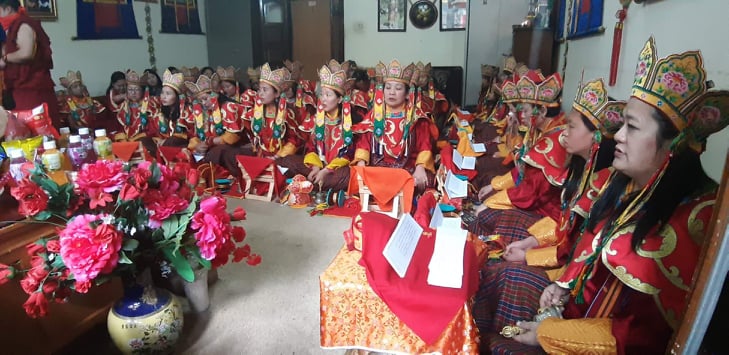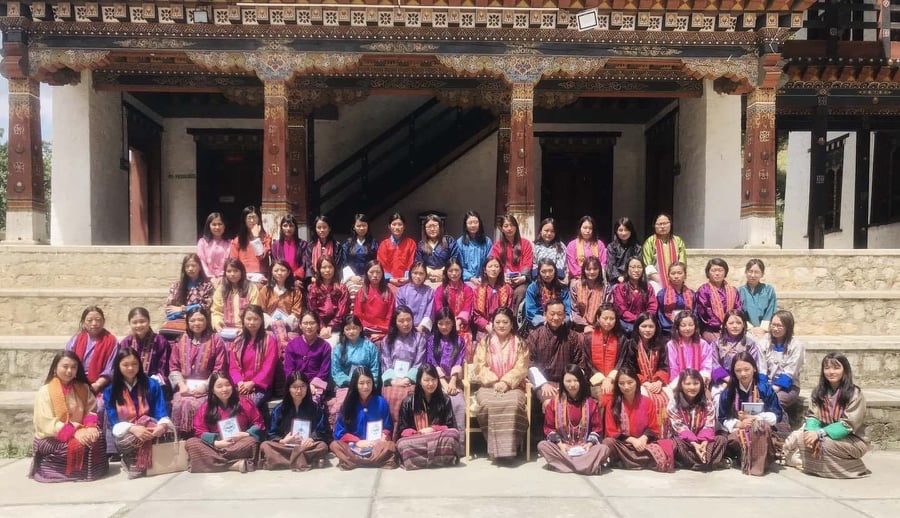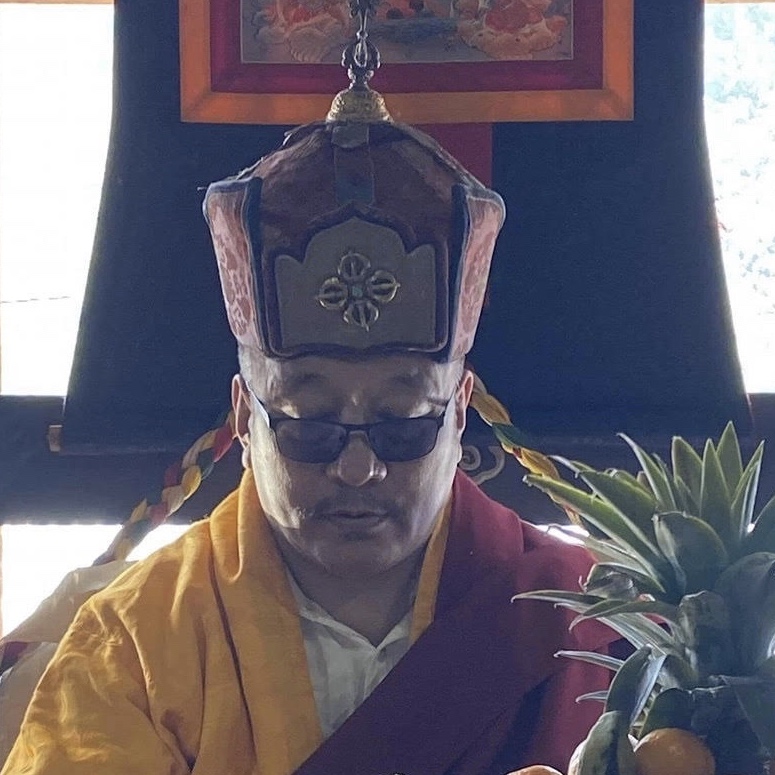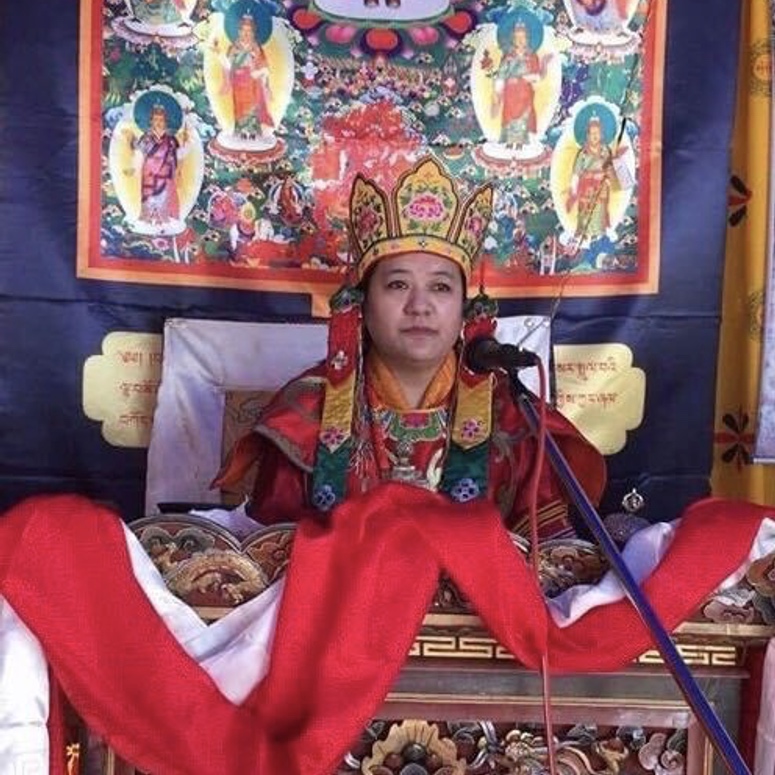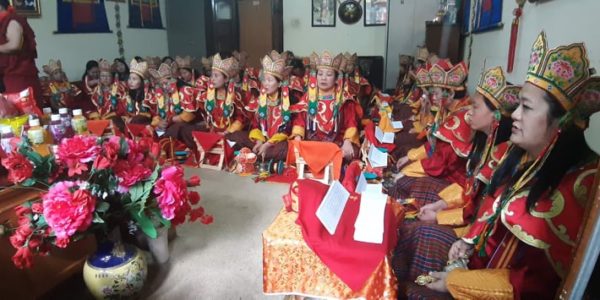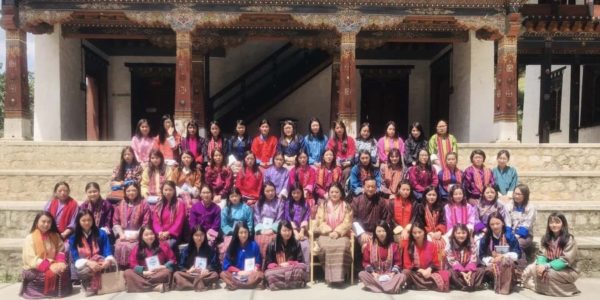W odpowiedzi na prośbę swoich uczniów, Kyabje Tang Rinpocze zaczął udzielać regularnie nauki online, używając aplikacji na smartphony – Telegram. Nauki te są tłumaczone z tybetańskiego na trzy języki: angielski, dzongka i wschodniobhutański dialekt.
Daje to uczniom z całego świata możliwość posłuchania Rinpoczego, co ma szczególne znaczenie w okresie pandemii. Rinpoche udostępnia nagrania audio w każdy wtorek, czwartek i sobotę. W niedziele, członkowie grupy Choethun zgłaszają na wspólnym kanale, ile powtórzeń mantr udało im się zgromadzić. W poniedziałki, zaraz po modlitwie dedykacji zasług wykonanej przez Rinpoczego, historia czatu zostaje wyczyszczona.
This gives students from all around the world an opportunity of listening to Rinpoche, which has been especially meaningful during lockdown caused by the pandemic. Teachings shares his audio messages every Tuesday, Thursday and Saturday. On Sundays, members of the Choethun group report their mantra recitations and the chat history is cleared on Mondays, after Rinpoche’s dedication prayers. If you would like to join the Choethun group on Telegram, install the application and request @JigmePemaWangyal to add you to the group.
Participants of the Choethun group are requested to follow some rules:
* do not disturb by posting anything while Rinpoche or the translators are sharing their messages;
* be respectful of others;
* use this public channel to ask questions related to the teachings;
* do not post private messages: if you need to contact someone, write him or her a private message;
* use plain text only, without emoticons, pictures or links, because messages containing these elements are automatically deleted;
* share your mantra accumulations on Sundays only.




